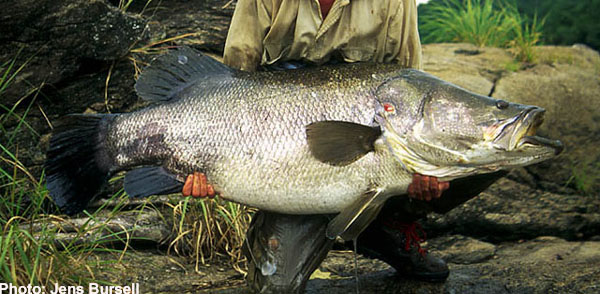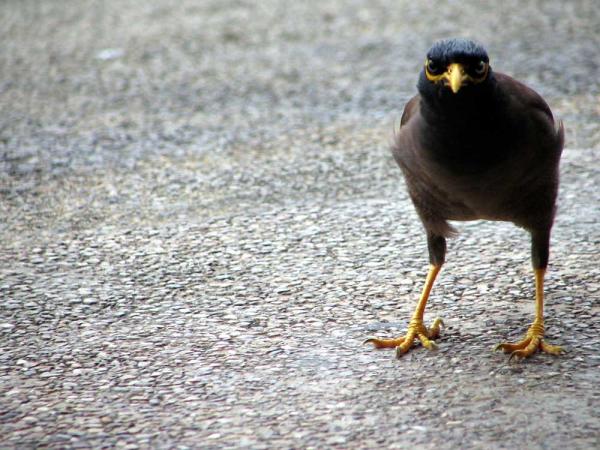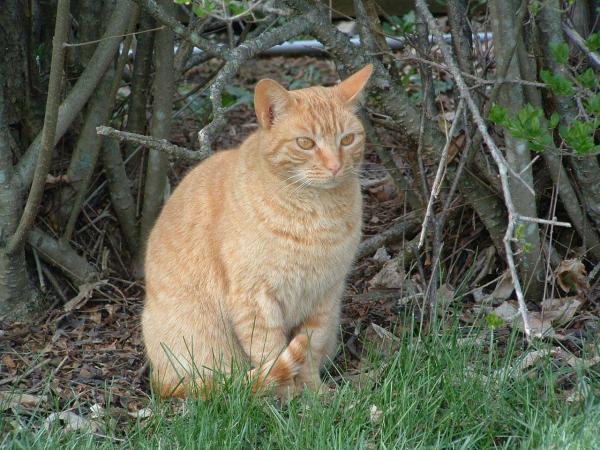Alien Invaders: Destructive Invasive Species

Nile Perch

The 1954 introduction of the Nile Perch to Lake Victoria, Africa, was a cascading disaster for the ecosystem.
Common myna bird

The common or Indian myna is native to central and south Asia, but the pet trade has spread the birds across Southeast Asia and the Pacific. They're also found on islands in the Atlantic, in southern Africa and in Australia and New Zealand.
Mynas roost by the thousands, elbowing out native species, damaging crops and creating a health hazard with their droppings. On isolated islands like Saint Helena in the Atlantic, mynas prey on the nests of endangered birds, stealing eggs and eating newly-hatched chicks.
Housecat

It may seem strange to think of your feline companion as an invasive alien, but domestic cats were one of the first species to be spread around the globe by humans.
Domesticated in the Mediterranean 3,000 years ago, cats were prized for their ability to kill another human hanger-on, the rat. Sailors took cats to sea and to new lands, often abandoning any feral offspring. Native birds and small mammals suddenly found themselves hunted by a new predator.
Cats' impact continues in the modern day. According to the IUCN, cats have contributed to the decline of 76 bird species in New Zealand, six of which are found nowhere else.
Get the world’s most fascinating discoveries delivered straight to your inbox.

Stephanie Pappas is a contributing writer for Live Science, covering topics ranging from geoscience to archaeology to the human brain and behavior. She was previously a senior writer for Live Science but is now a freelancer based in Denver, Colorado, and regularly contributes to Scientific American and The Monitor, the monthly magazine of the American Psychological Association. Stephanie received a bachelor's degree in psychology from the University of South Carolina and a graduate certificate in science communication from the University of California, Santa Cruz.


